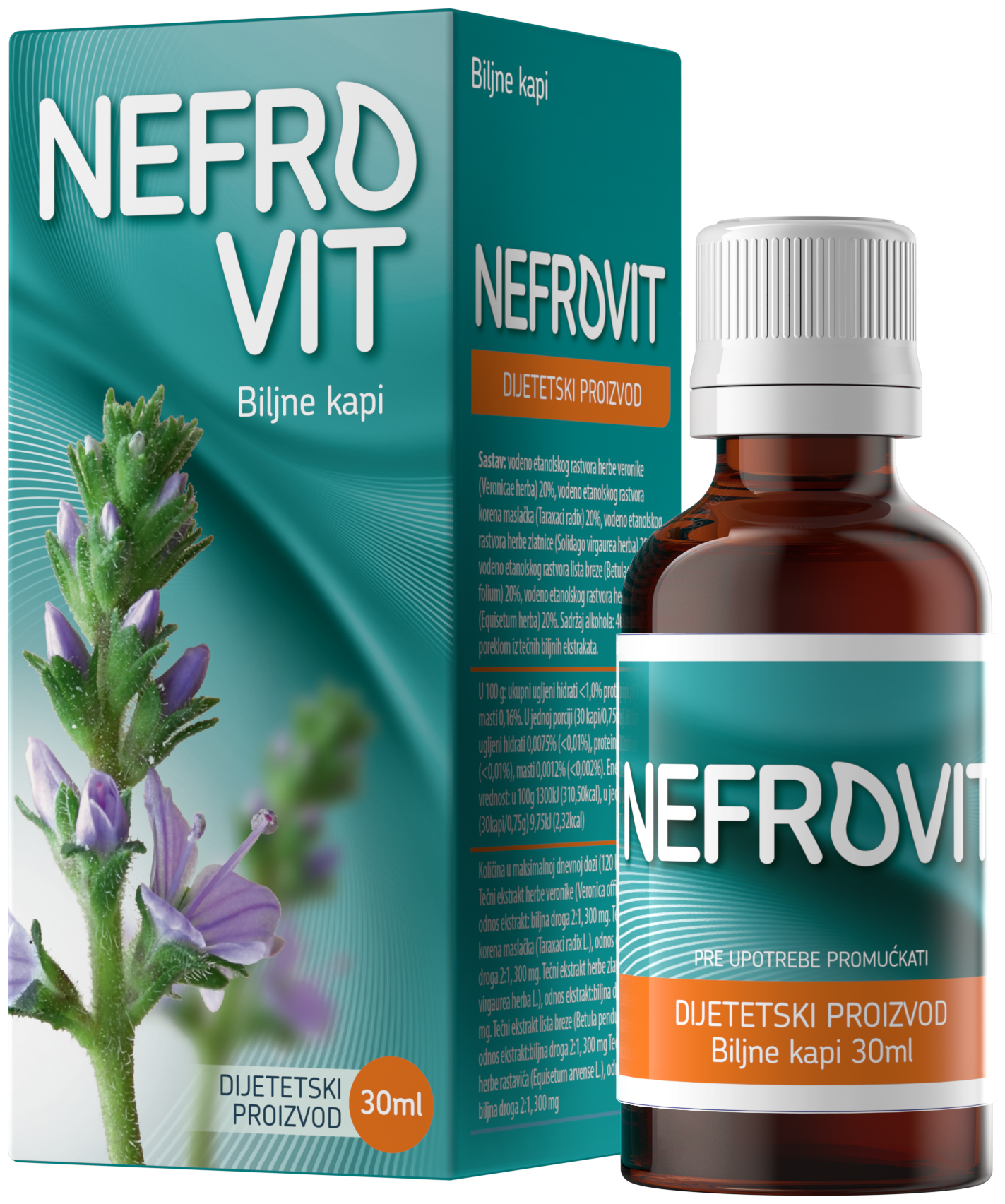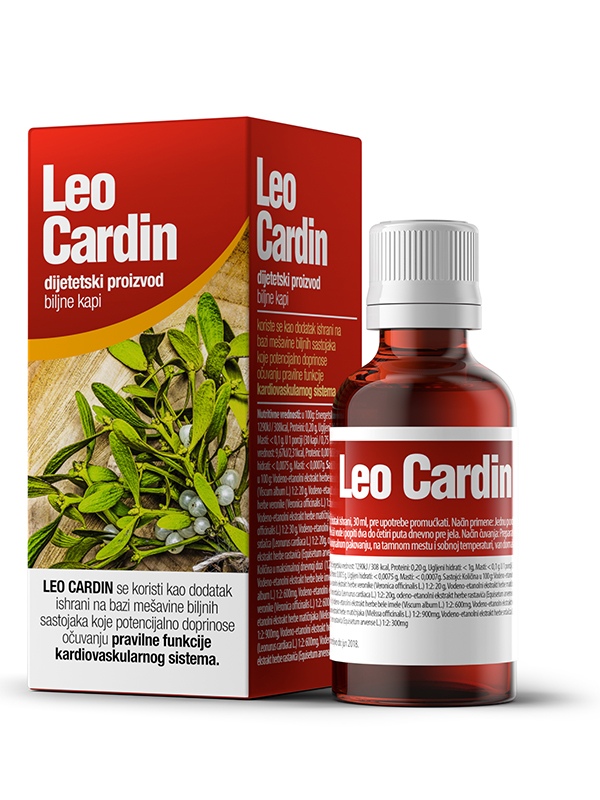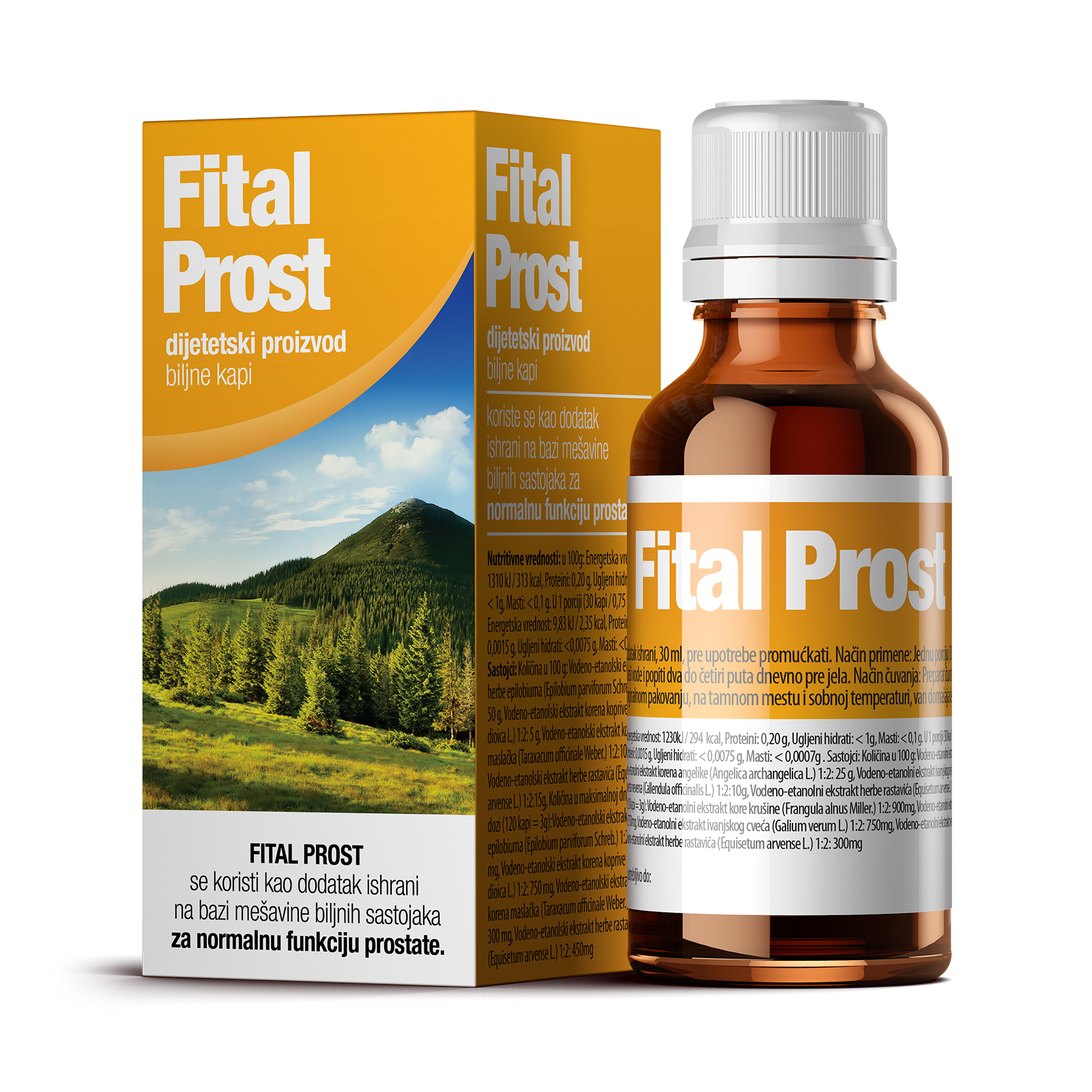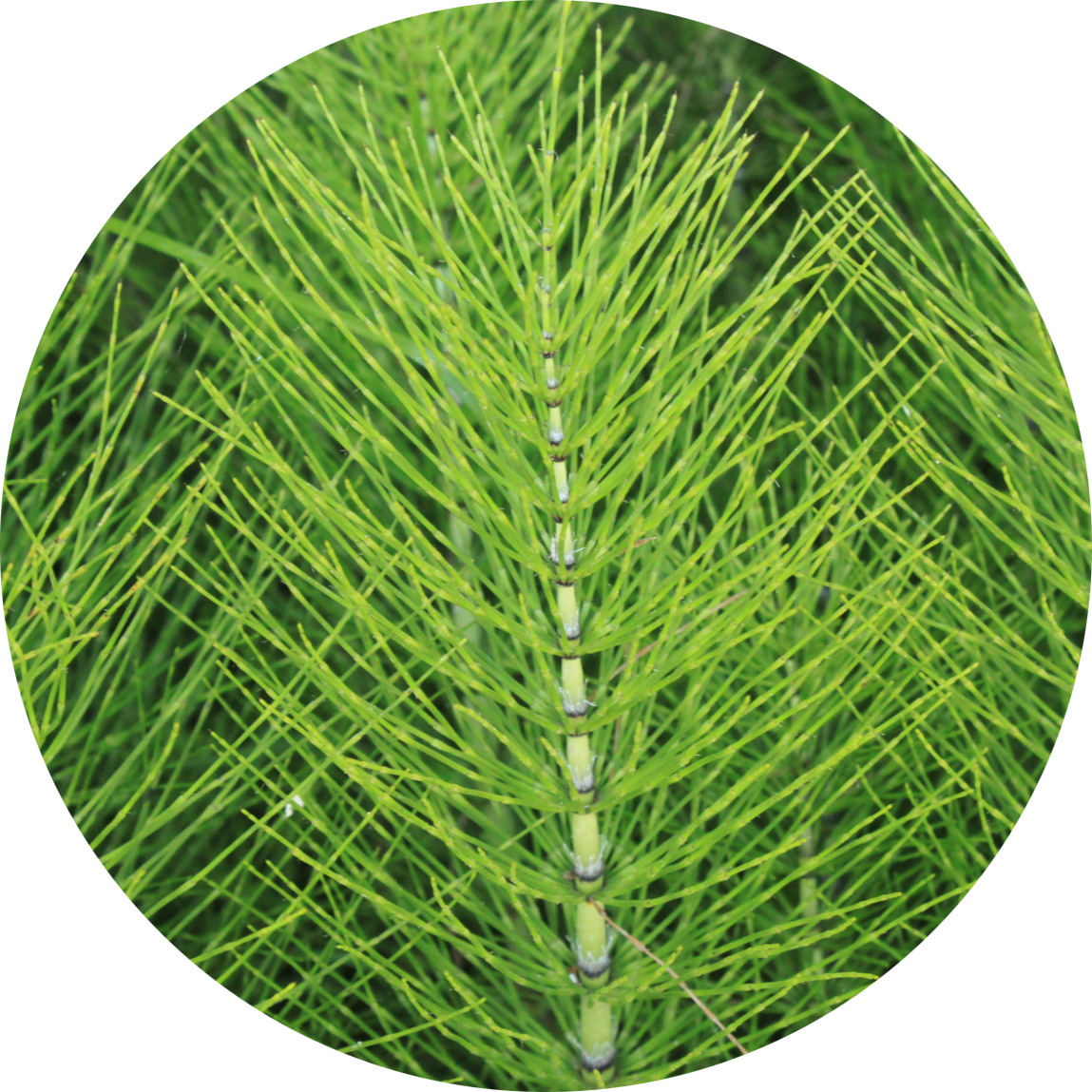(Equiseti herba)
It is believed that during the Palaeozoic, the oldest period of the planet Earth, which lasted from 542 to 251 million years BC, horsetail was a giant and most dominant plant, when it grew up to some 15 metres in height. Today, it is a perennial plant that reaches up to half a metre, and is found on all continents except Australia, New Zealand, Antarctica and some Pacific islands, which confirms that it was widely distributed in the period before most continents separated from each other. That is why it is nicknamed the “living fossil”. Apart from the fact that it looks like the tail of a horse, after which it was given its scientific name, Equisetum arvense, as well as its English name, horsetail, it is connected to horses by the fact that it can be fatal for them if they overeat. What bothers horses and other livestock is silicon dioxide, one of the compounds found in horsetail, as it causes them nervous and movement disorders. In humans, the effect is just the opposite.
Ancient peoples used horsetail for various purposes; since it is abrasive, American Indians used to polish arrows with it, and for centuries it was used for polishing tin cookware. Today, we know that it is silicic acid that made tin cookware shine. And it is also silicic acid that has exceptional healing properties. Silicon is a trace element that is necessary for our health and plays an important role in the process of expelling heavy metals from the body, as well as for the proper functioning of bones, cartilage and connective tissue. Because of it, horsetail is one of the most powerful plants.
Silicic acid against toxins
In addition to silicic acid, horsetail contains flavonoids, alkaloids, glycosides, vitamin C, carotene, manganese, potassium, iron … Let us see what traditional medicinal properties horsetail has:
- Horsetail stimulates diuresis – the excretion of accumulated fluid from the body through urine and purifies the body. That is why it is great for cellulite and deposits on the hips.
- The diuretic effect of this plant helps with swelling of the legs and edema caused by injuries or diabetes.
- Horsetail protects the urinary tract because it prevents the formation and retention of sand and kidney stones. With pre-existing stones, it has the power to reduce them and speed up their ejection. It is used as a remedy for inflammation and infections of the urinary tract and for bleeding, it relieves painful urination and prevents frequent urination, night urination, as well as inflammation of the kidneys and the prostate.
- It also helps with stomach ulcers, constipation and lazy intestines.
- In addition to silicon, silicic acid also contains calcium, which is extremely important for healing bone fractures and ligament and cartilage injuries. Thus, horsetail strengthens bones, it helps with osteoporosis, is used against arthritis, pain in the bones and joints.
- As it heals tissues, silicic acid is also useful for damaged lung tissue and blood vessels. It is recommended for tuberculosis, atherosclerosis and varicose veins.
- In combination with other medicinal herbs, horsetail is also good for menstrual pain, increased bleeding and secretions.
- As it promotes the formation of red blood cells, horsetail is used to treat anaemia.
- This plant strengthens the skin, hair, nails, it gives elasticity to collagen fibres, helps with alopecia and removes dandruff.
Horsetail – killer of bacteria
The European Medicines Agency has confirmed the use of horsetail for urinary problems, for better diuresis, as well as adjunctive therapy alongside drugs for inflammation and infections of the kidneys and the urinary tract. A study that looked into several species of horsetail from the Balkan region has confirmed its importance in phytotherapy, pharmacy and nutrition, thanks to ingredients that have a high degree of antimicrobial and antioxidant effects. The tested extracts showed high antibacterial activity in all Bacillus species.
ESCOP, the European Scientific Cooperative on Phytotherapy, which confirmed these findings, specifically cites the antibacterial activity of horsetail in the treatment of Escherichia coli and concludes that this plant has the ability to reduce its survival rate by 82 per cent. Horsetail has a proven strong effect in the following strains: Klebsiella pneumoniae, Pseudomonas aeruginosa, Streptococcus enteritidis, Staphylococcus aureus, Aspergillus niger, Enterococcus faecalis and Candida albicans.
If we were to summarise the most important actions of horsetail that science has recognized, they would be:
- antimicrobial – it has the ability to destroy a large number of pathogenic organisms, including Escherichia coli and enterococci.
- antioxidant – it has the capacity to destroy free radicals and prevent oxidative stress,
- anti-inflammatory – it prevents pro-inflammatory cytokines that cause various types of inflammation,
- diuretic – it has the ability to accelerate the excretion of excess fluid from the body, clean the urinary tract and detoxify, while not causing an electrolyte imbalance,
- antibacterial effect on bone marrow – it destroys bacteria that cause bone marrow infections and promotes the growth of osteoblasts, thus strengthening bones and connective tissues,
- antiproliferative – it prevents the proliferation and spread of malignant cells,
- antidiabetic – it has a hypoglycemic effect as it lowers blood sugar,
- regenerative – it promotes wound healing and tissue injury.
Horsetail and gold
And that is not all. Horsetail is a veritable goldmine. Literally so, as plants absorb useful substances from the soil, including metals. This plant can accumulate more gold than any other. One tonne of fresh horsetail can give around one kilo of gold. The start of the 20th century saw the emergence of a new branch of mining – herbal plant mining which uses special techniques to extract precious metals from plants.
Horsetail is unique and exceptional, but it should be used with caution. It should not be taken excessively and is best used in professionally-prepared products. There are some varieties of horsetail which are toxic and therefore its harvesting should be left to professionals. Horsetail infusion should be consumed strictly in accordance with instructions. Pregnant and breast-feeding women should not use it. Also, as it is a diuretic, a lot of water should be drunk with it.
Horsetail is an ingredient in several Herba Svet products: in Equigal, it stimulates the expulsion of accumulated fluid from the body and removes cellulite. In Fital Prost it protects the prostate and aids urination; in Nefrovit, it protects the entire urinary tract, prevents infections, formation of stones and their expulsion; in Leocardin, it flushes out excess fluid and improves heart rate in cardiac insufficiency. This golden plant gives us the biggest treasure, that of non-materialistic kind: good health.




